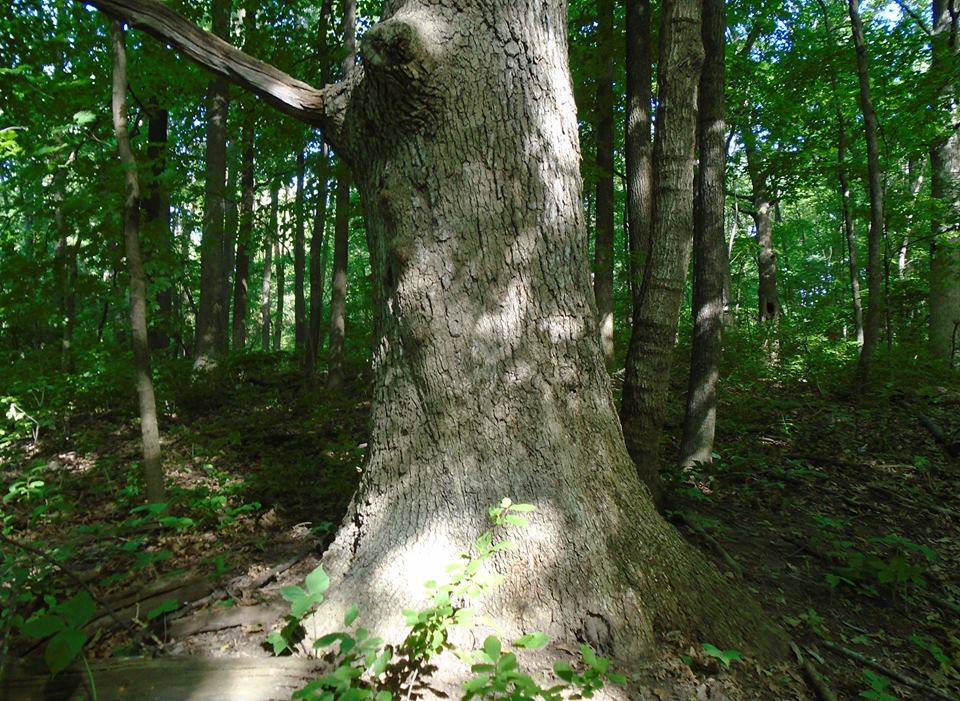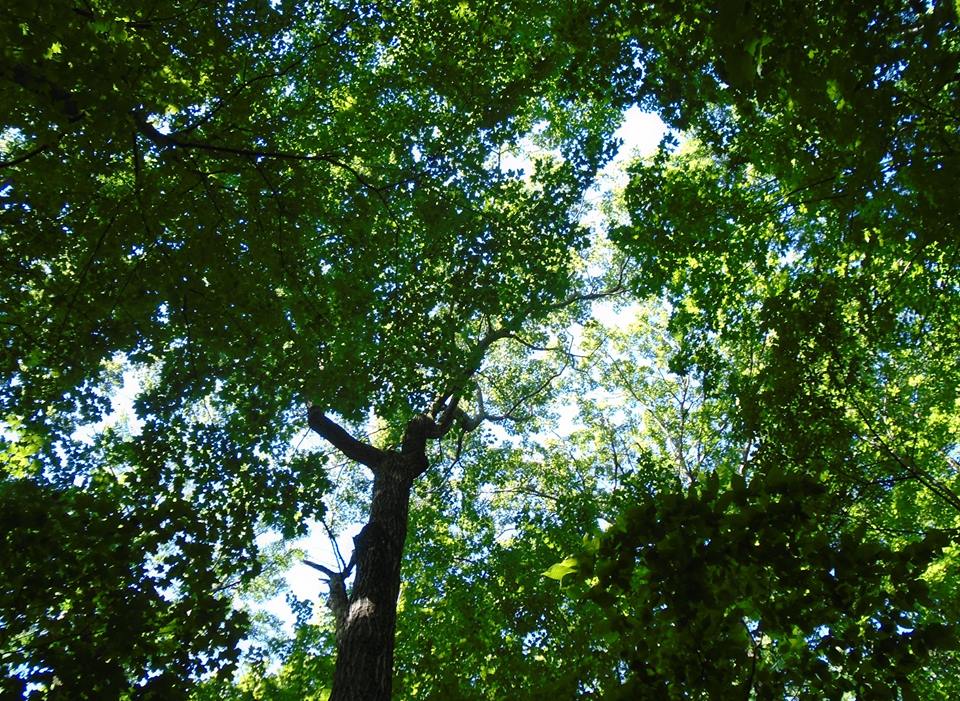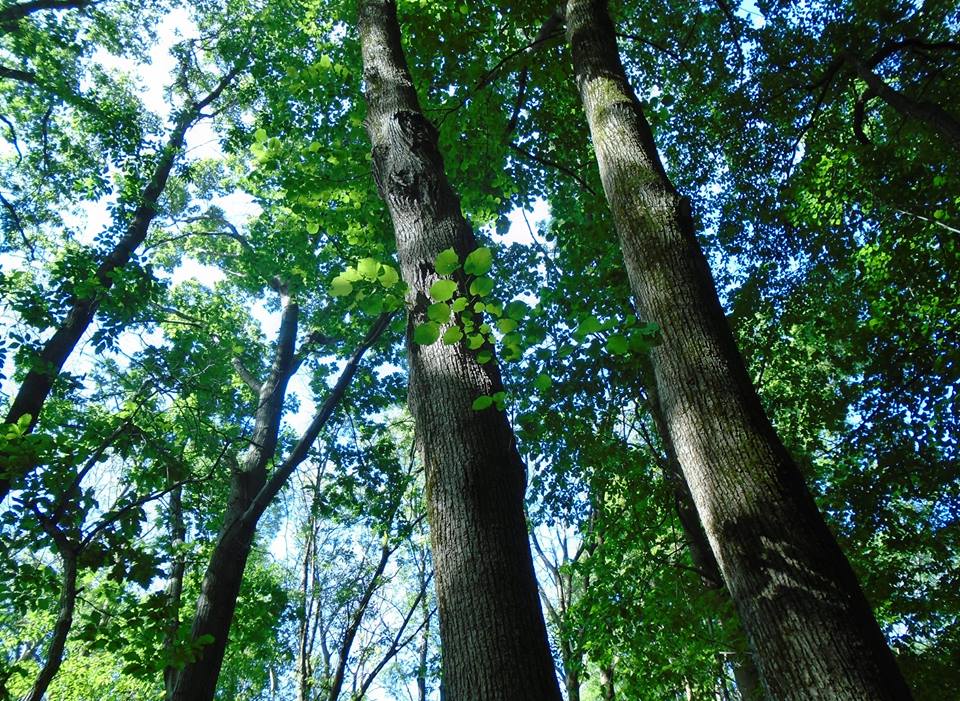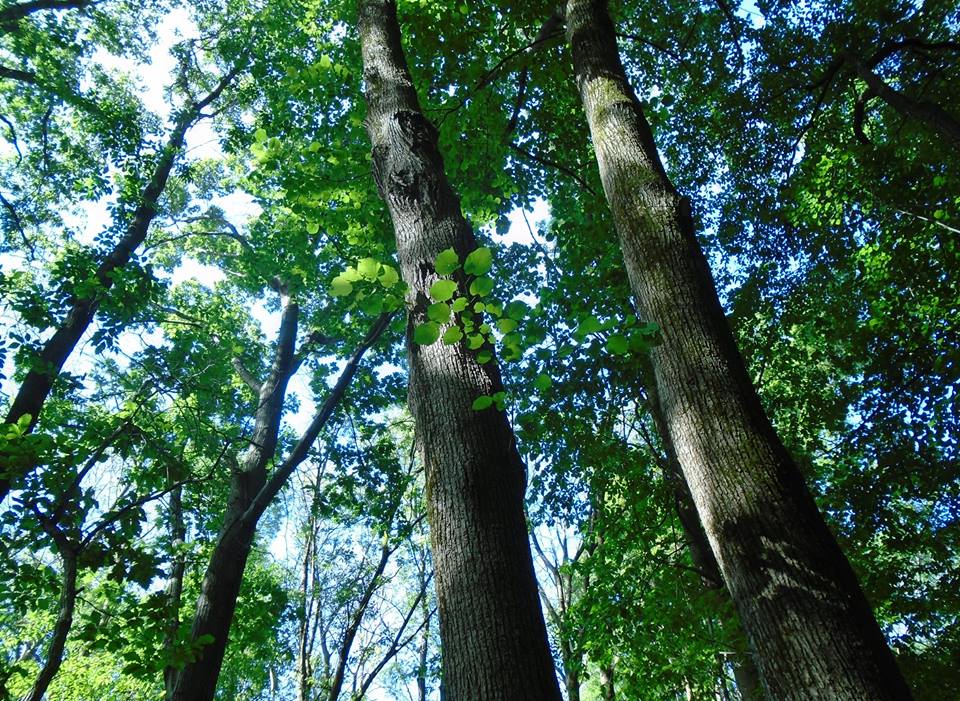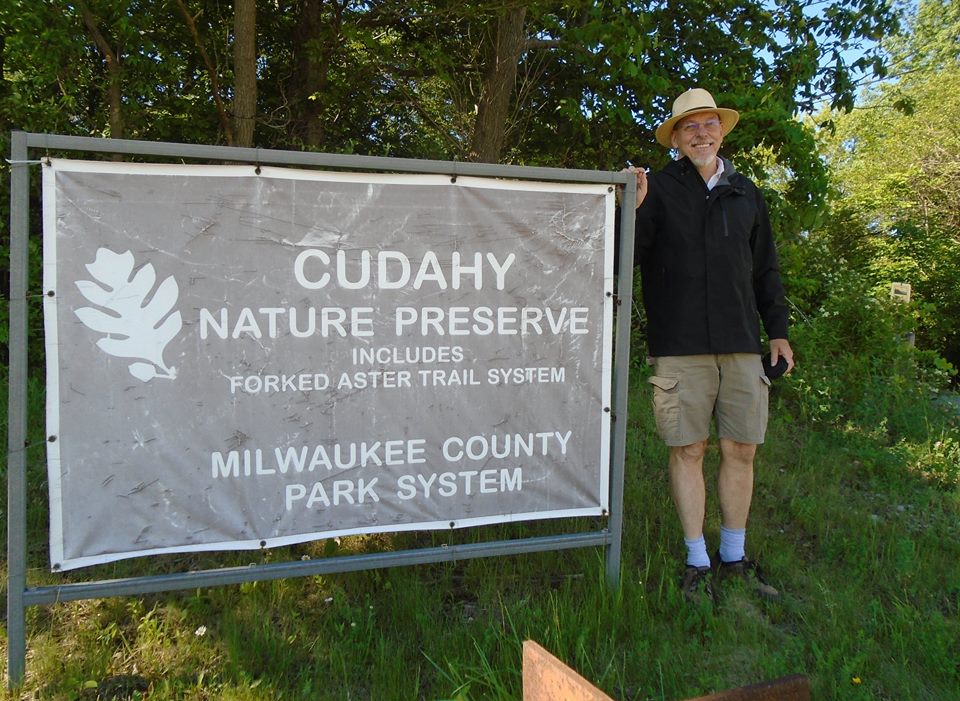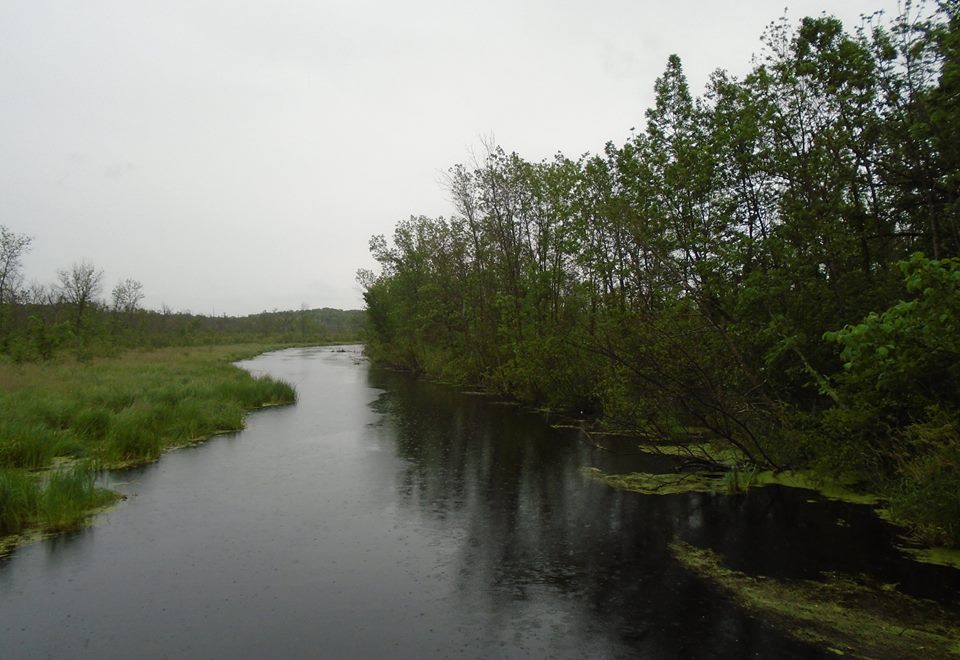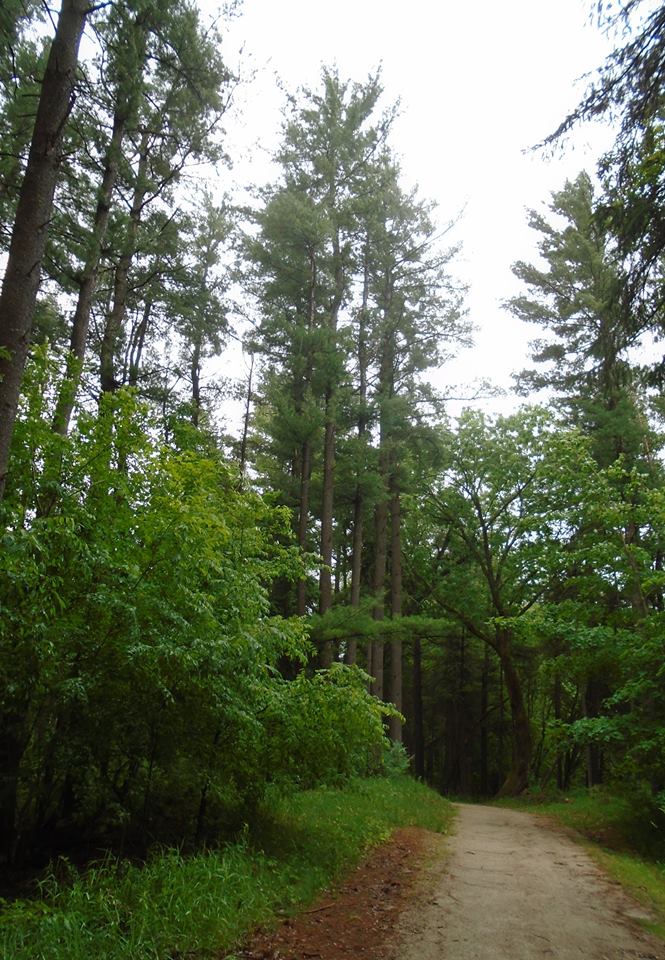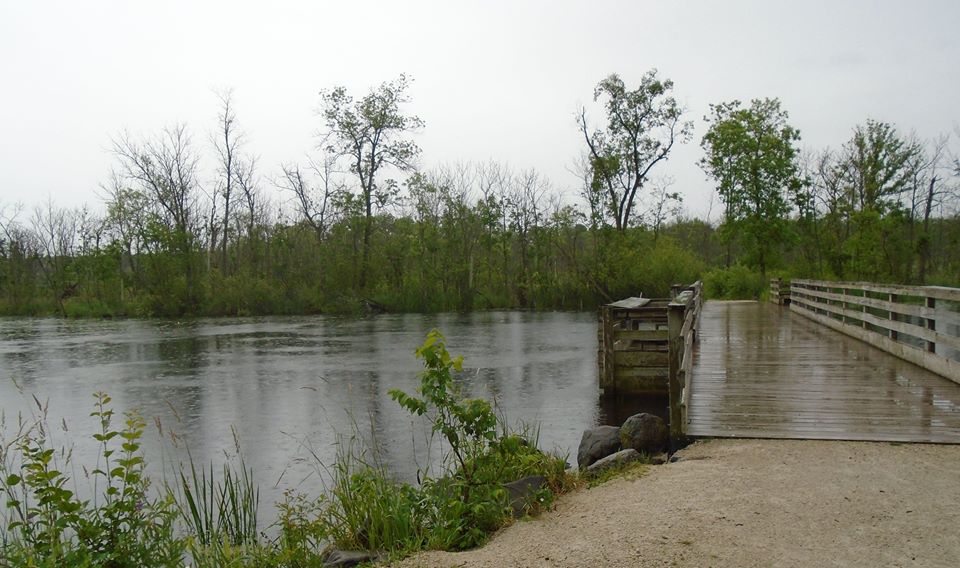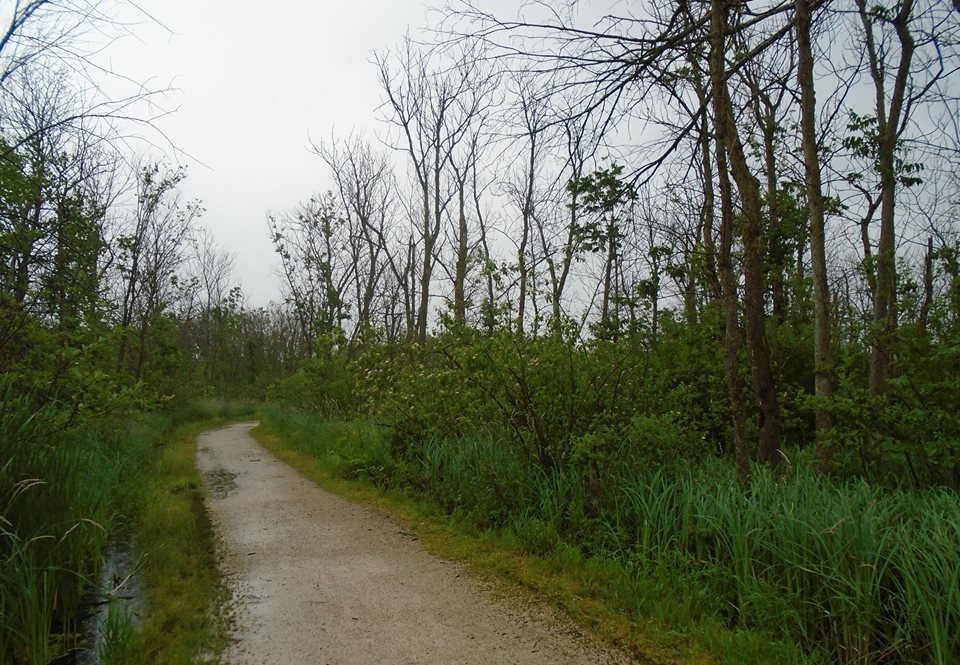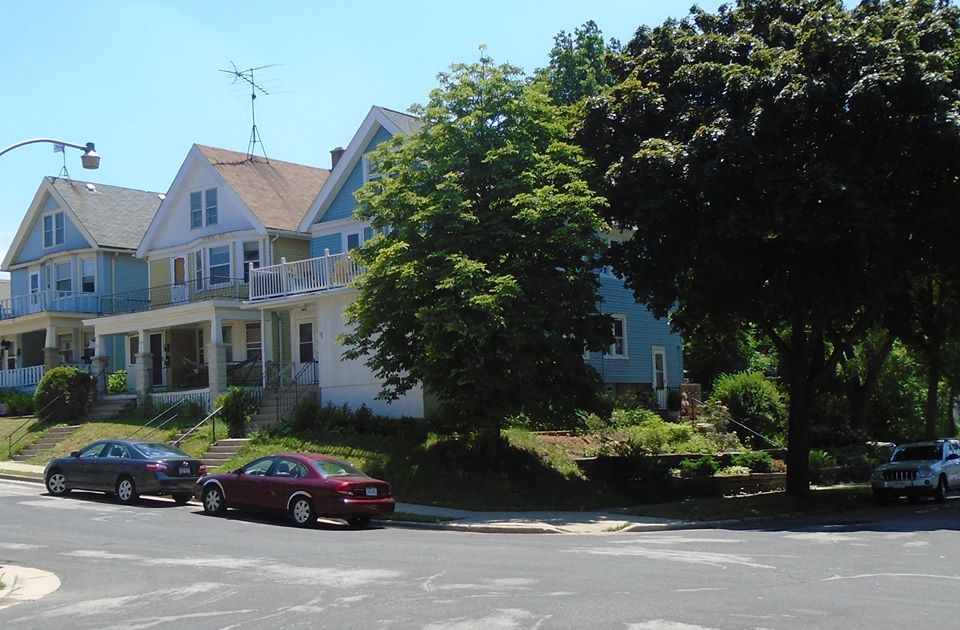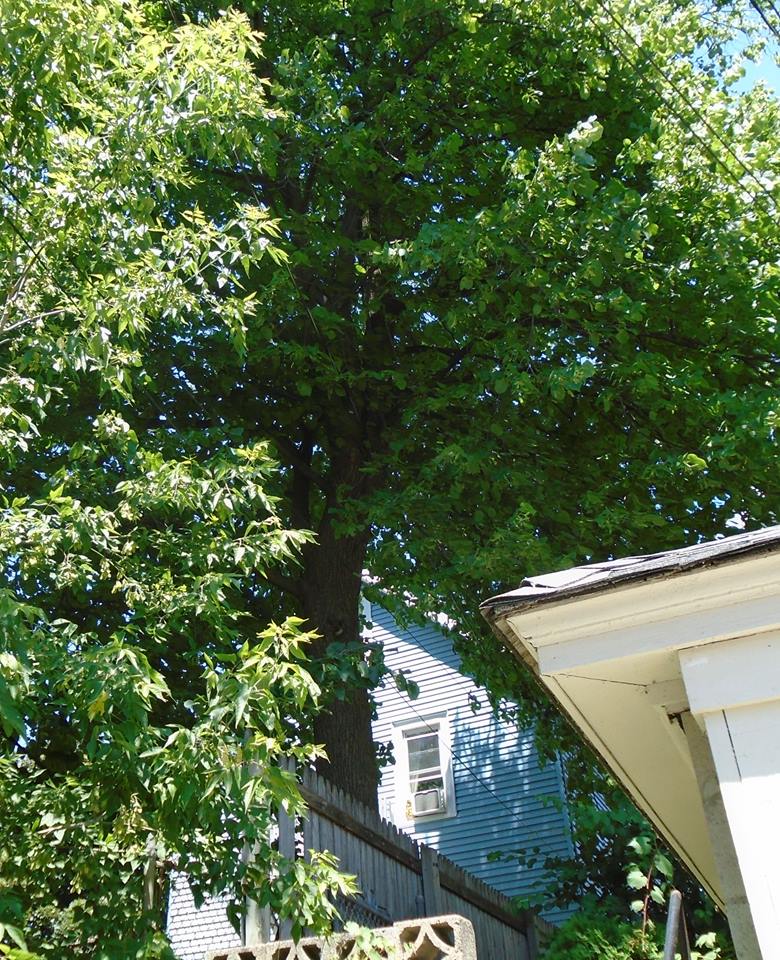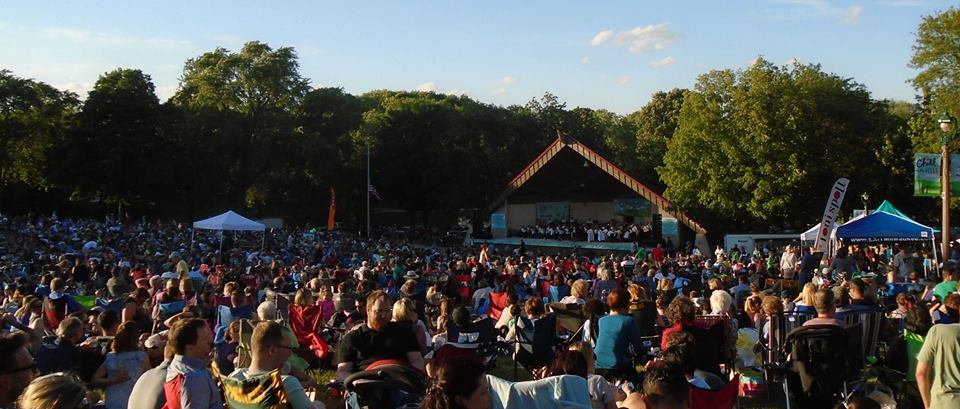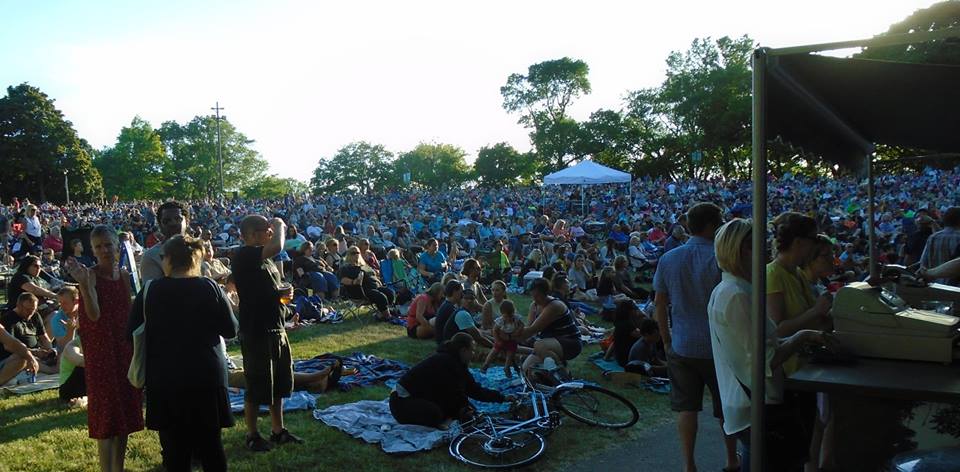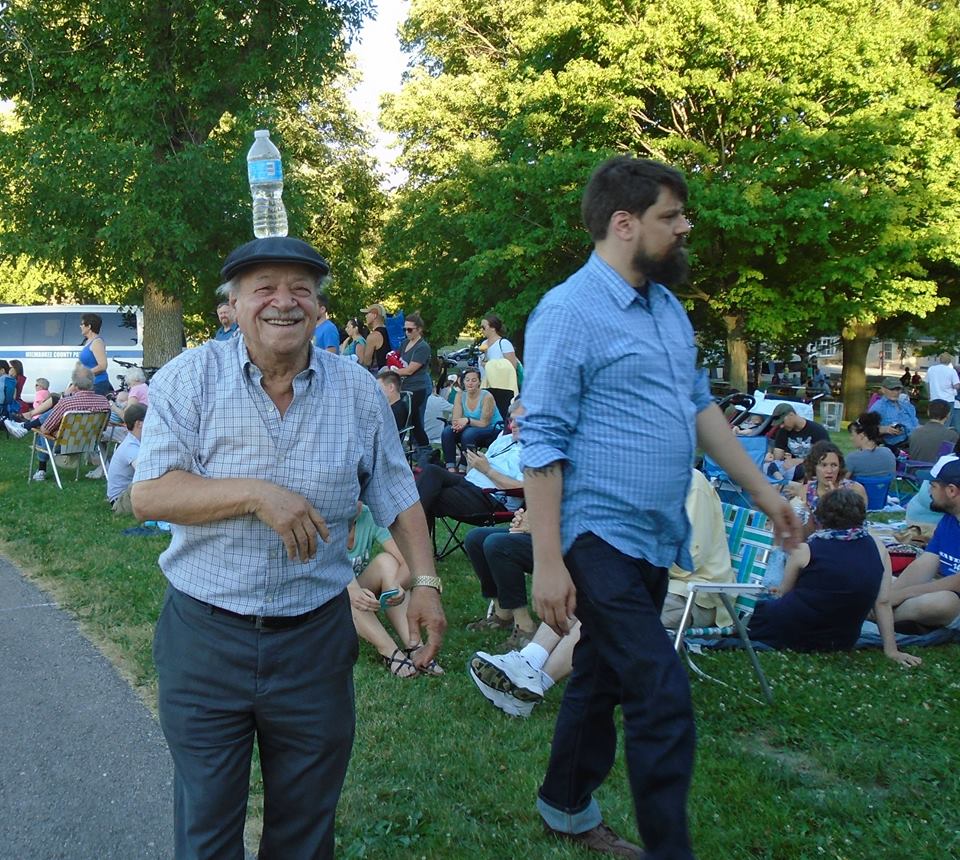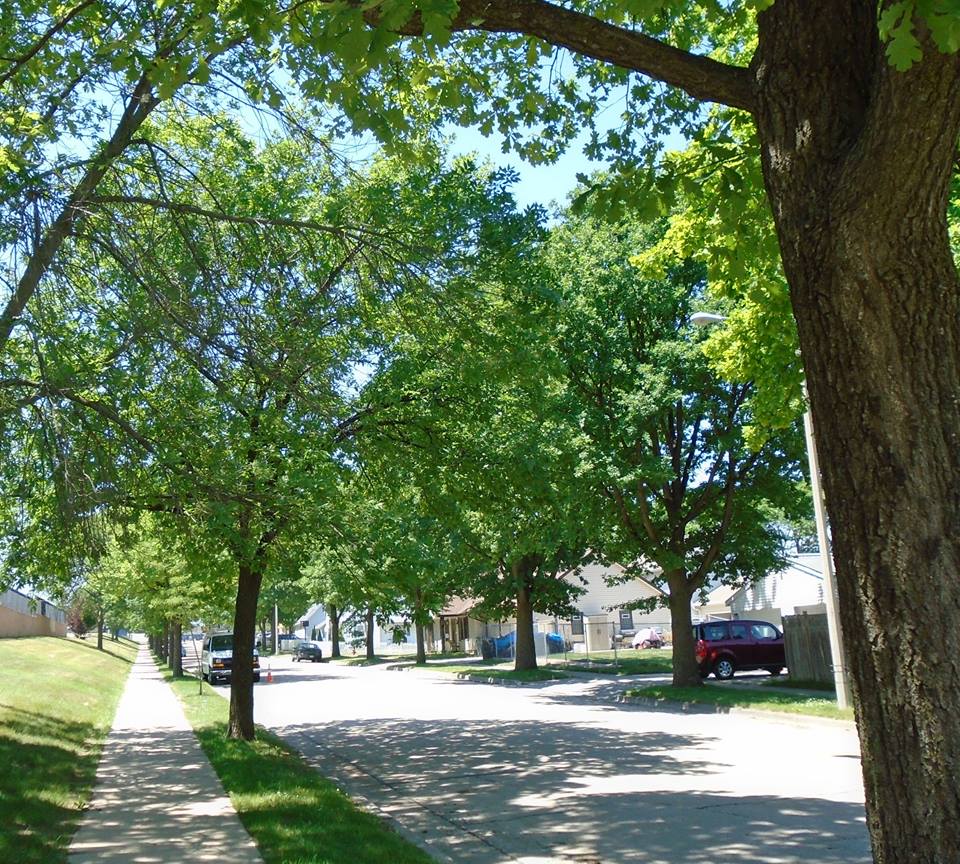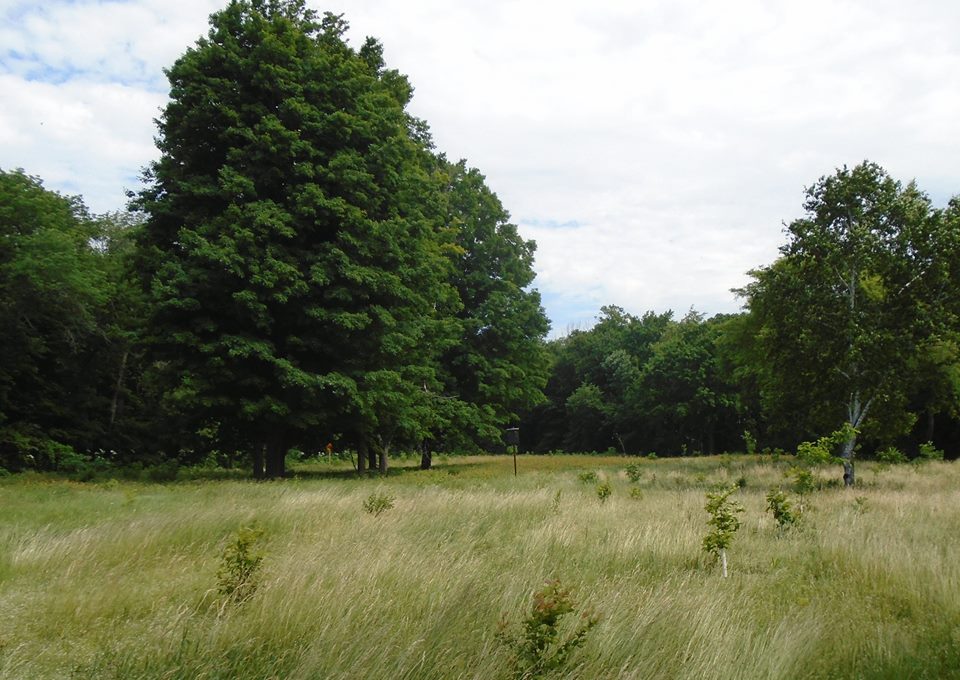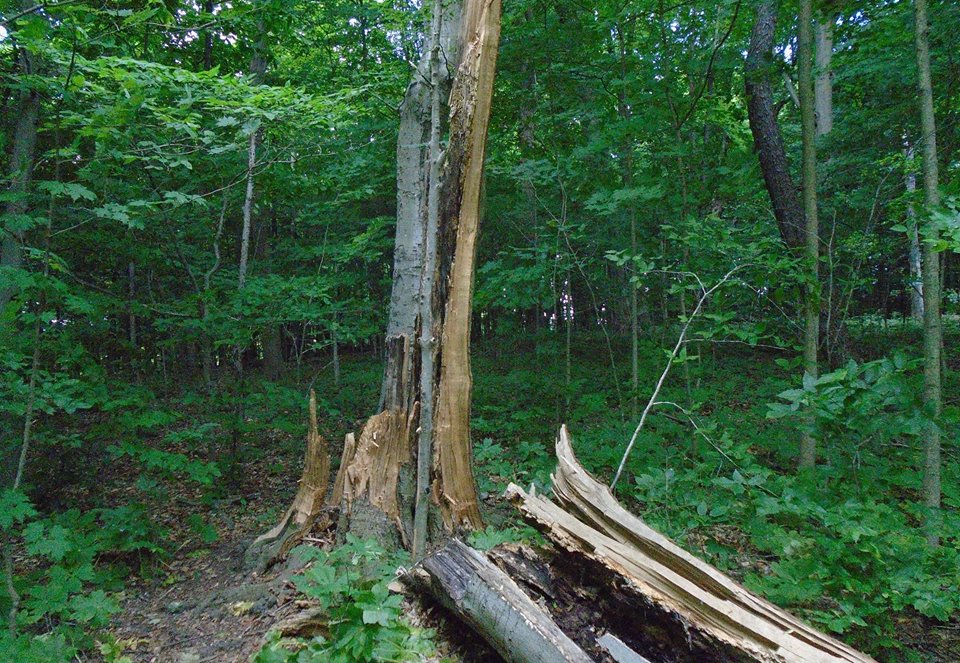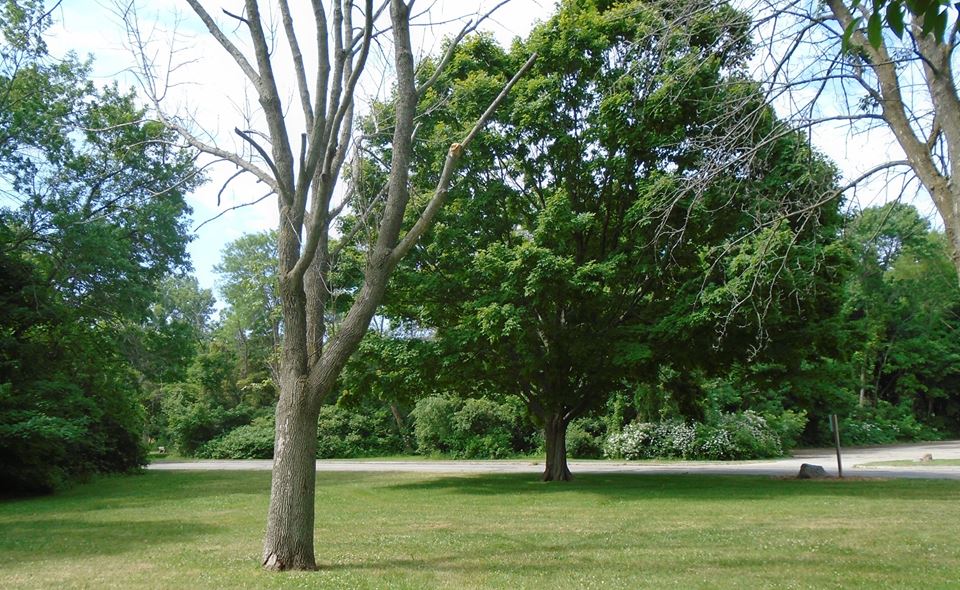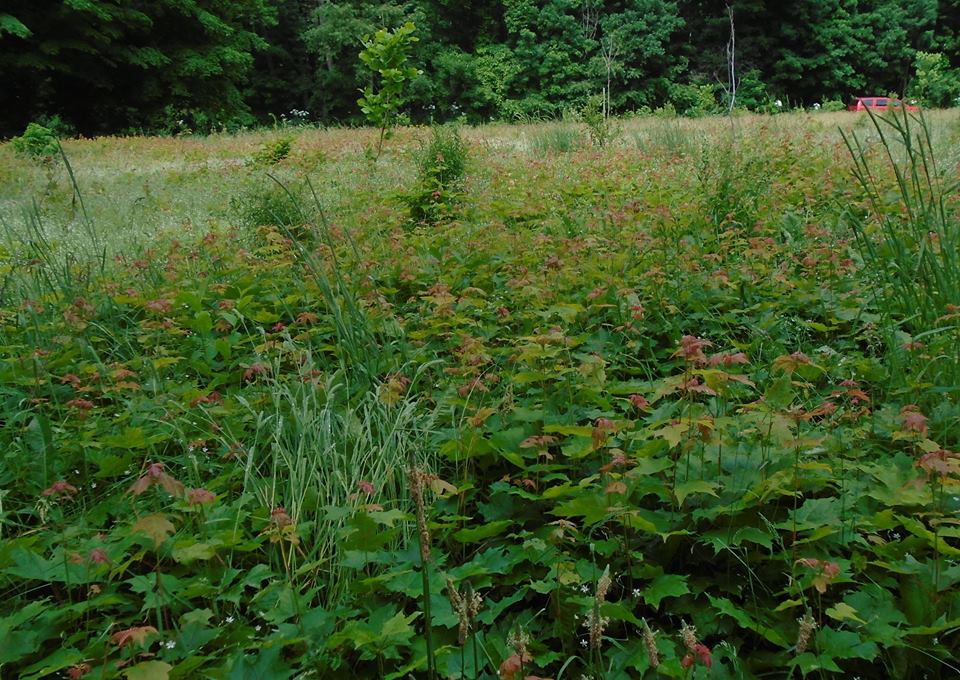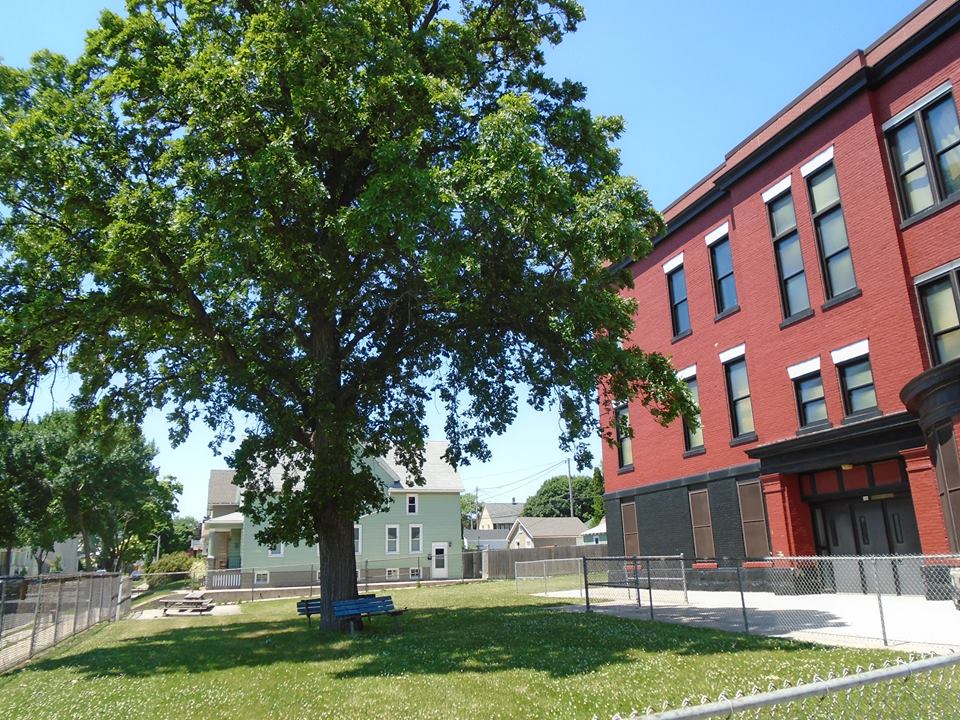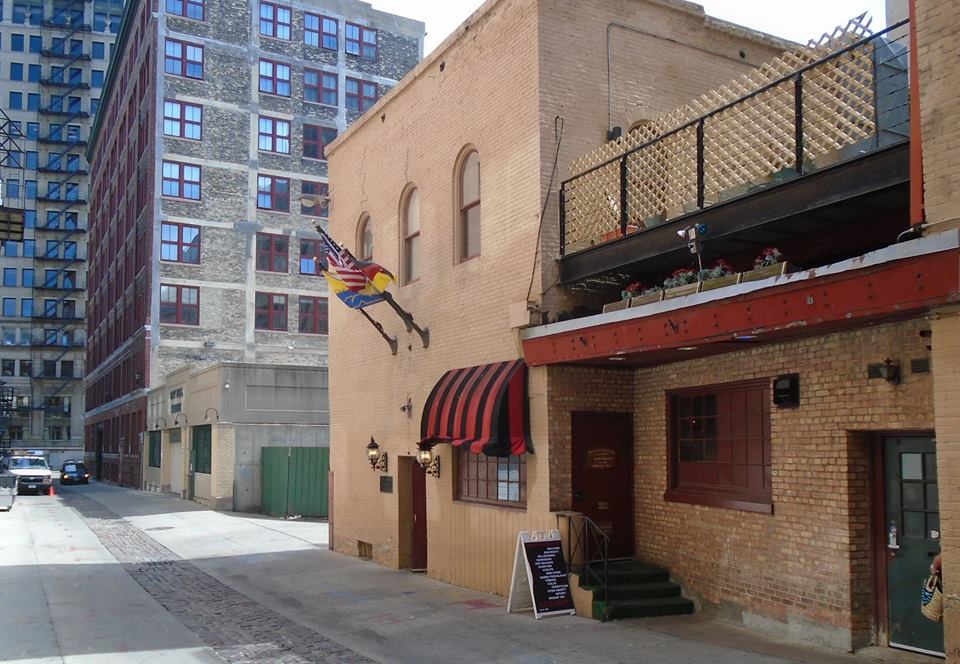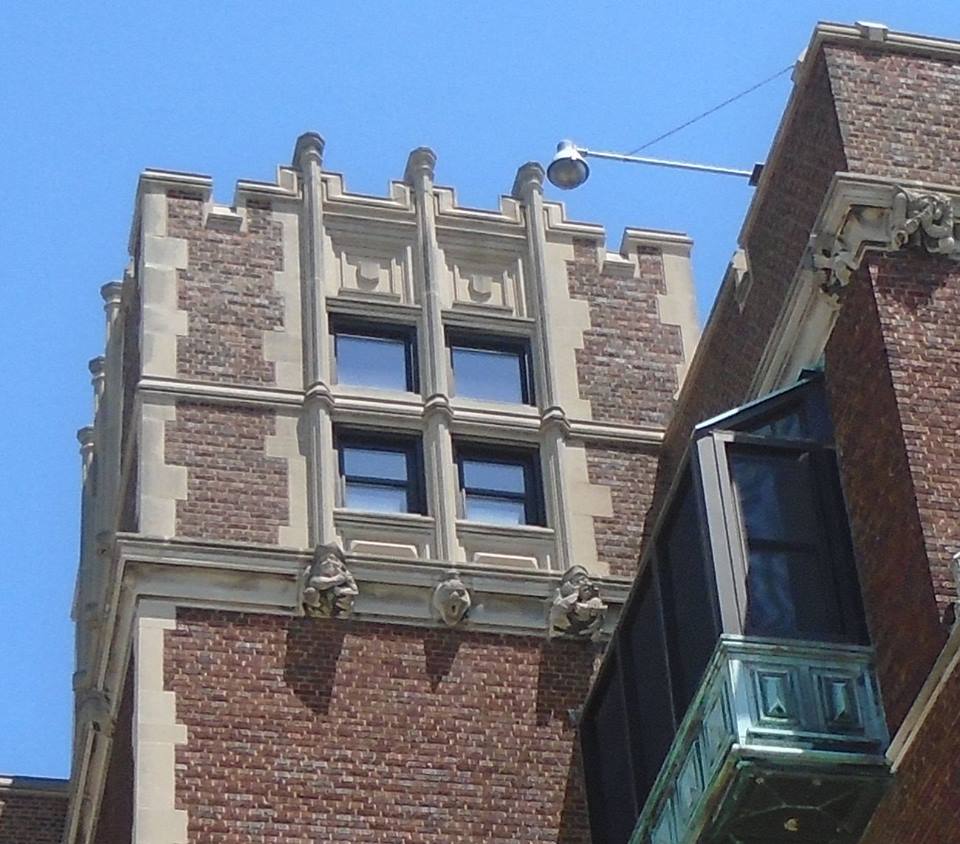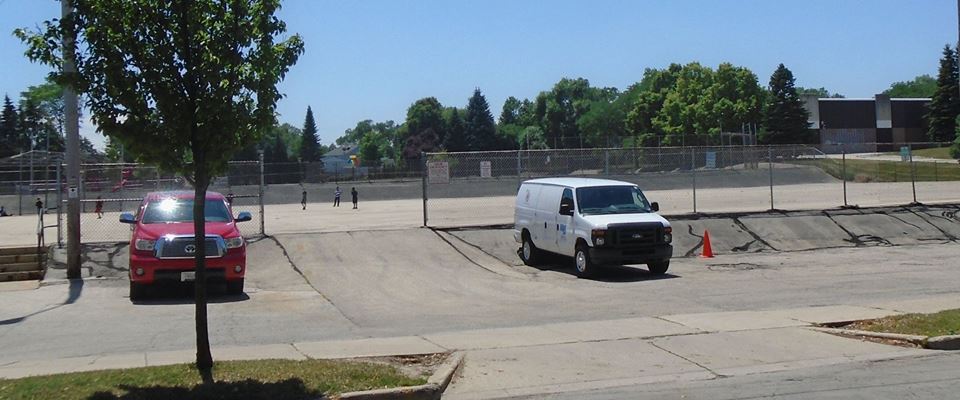
I wish I did not go, but I am glad I went. I took much less joy in my trip to Mauthe Lake because of all the dead ash trees all along the road on the way up and then all around the lake. The emerald ash beetle and killed almost all of them. I did not appreciate how many ash trees there were until I saw all the skeletons.
What to do about it? Last time I was here, I wrote about possible solutions using GMOs. Maybe we could develop ash trees naturally resistant. But maybe it is just the impermanent. I also wrote about the vastness of geological time last time I was here. The ice day did not end very long ago in the great scheme of things. The ash forests are recent. This kind of geography would be dominated by tupelo and bald cypress if they were farther south. Global warming has made most concepts of “native” almost meaningless. Maybe it is time for tupelos and bald cypress in anticipation of the “new” climate. I don’t know about tupelos, but I know that bald cypress can survive and thrive in Wisconsin, although they are not native to the state. They tend not to reproduce is the cooler climate, but if the climate becomes less cold, maybe that will change.
I like the woods and fields familiar from my youth. Mauthe Lake was where I learned to love nature. We were in a day camp up there when I was in 5th grade. We took the path around the lake that I walked today. It is only a couple of miles, but for us kids it was a true adventure. I don’t remember details, but I the feeling abides. I don’t want change, but change is what we are getting, so we can adapt and make things better or let them get worse.
First picture show a ghost forest of the ash. Next is a recently cut stump. I counted 98 rings. Since I probably missed a few, I figure the tree was more than 100 years old. Not all the ash are dead. You see a healthy one in picture #3. Don’ know why that one did not die. It might be useful to find out and maybe help spread. Picture #4 shows some tamaracks, eponymous of the trail. Tamaracks are very shade intolerant. They tend to grow in place where others do not thrive, places like bogs. Last shows the beech on Mauthe Lake. Glad to see people enjoying being outside.
Facebook reports re Mauthe





